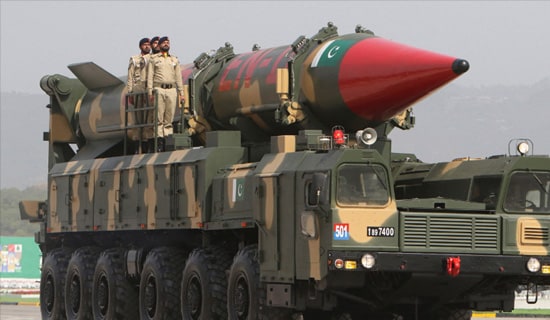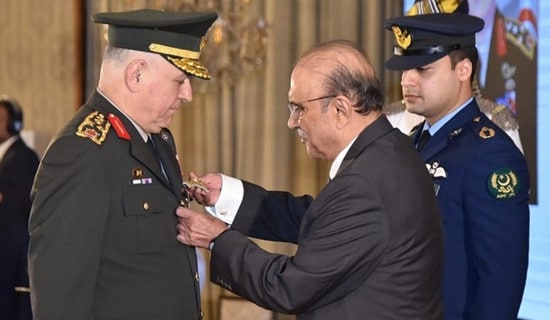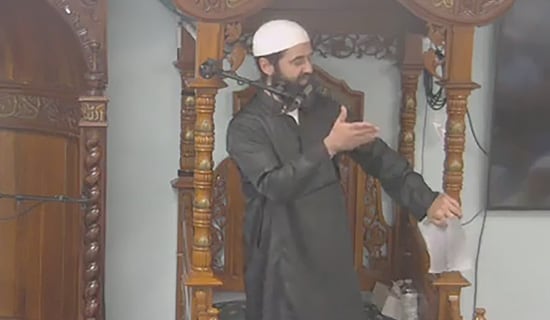The ordinary Westerner might be confused given the obsessive coverage first on the conflict in Ukraine and then on the war in Gaza, but the worst humanitarian crisis in the world today is in Sudan. On April 15, 2023 war broke out between two heavily armed regime factions, longtime former partners in crime turned into bitter rivals: the Sudanese Armed Forces (SAF) and the Rapid Support Forces (RSF). The war has reached its first anniversary and continues with all its brutality and destruction.
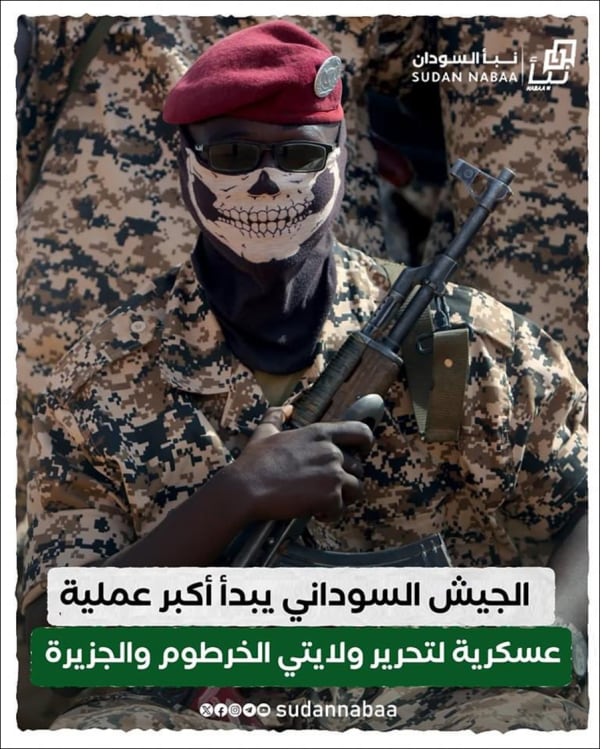
The state of Sudan has known war for most of its history – war and the rule of army generals. Independence brought war with the South, which would continue, on and off, for almost 50 years. Brush wars were fought in other regions, usually by the ruling regime putting down local revolts and uprisings in the far-flung provinces.
This war is different because a considerable part of it has been fought in cities, especially in the country's capital, which has seen unprecedented devastation of industry and infrastructure. Regions never touched by war have been torched. Regions that had repeatedly been the target of war, like Darfur, have been heavily damaged. According to the UN World Food Program (UNFP), more than 18 million people in Sudan face "acute food insecurity" and "in the coming weeks and months, 222,000 children could die of malnutrition." Basic food prices have soared while food production, local agriculture, has been severely harmed by the conflict.[1]
If this piece had been written in December 2023, it could have said that it looked like the RSF was slowly gaining the upper hand with a successful military offensive in Al-Gezirah state. But in March and April 2024, SAF has finally been able to respond in the most significant advances from the army side since the war began, in the greater Khartoum area and in Al-Gezirah state. But while the army is performing better, the war is far from over.[2]
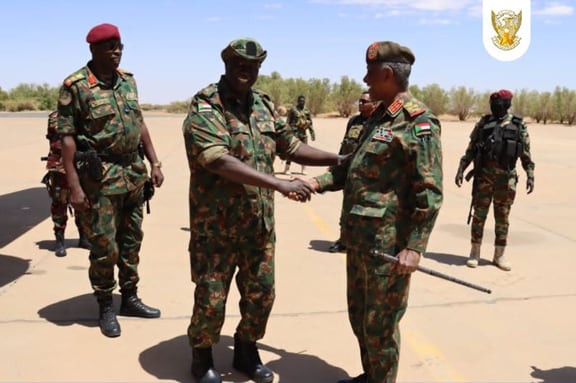
In September 2023, I outlined how SAF could gain the upper hand and some of the steps I mentioned have happened since then.[3] SAF has been able to recruit more forces, acquire more military equipment (from Iran, among others) and money. Most importantly it has been able to convince some other rebel groups and irregular forces to join its fight against RSF (SLA-Minawi, JEM, SPLM-N-Agar).[4] This is important because these fighters, from Darfur or Kordofan or Blue Nile, are themselves most similar to the RSF in the way they fight, much more than the plodding army. Using bandits and warlords to fight your opponents in Sudan, of course, is what led to the rise of the RSF in the first place.[5] Sudan's Islamists, dreaming of a return to power, have enthusiastically joined the army side and raised several volunteer units to fight alongside SAF. Both the former rebels and the Islamists will expect to be rewarded for their efforts. Although all past wars in Sudan have ended at the negotiating table, Sudan's generals have made it clear that their goal is nothing less than full military victory on the battlefield.[6] Lieutenant General Yasser Al-Atta, an SAF strongman, boasted on April 9 that "the rebellion was breathing its last breath and that the declaration of victory draws near."[7] But both sides still seem to be probing for weakness, rearming and plotting for their next offensive.

The RSF Janjaweed retain all their considerable advantages in combat and major vulnerabilities elsewhere. If SAF is in a way a white-collar military corporation, RSF is and remains an army of bandits – aggressive, quick hitting, mobile, flexible. And like many bandits, frequent looters and rapists.[8] RSF are likely better fighters, but the RSF "state," the regions they dominate, is a ramshackle, chaotic entity poorly equipped for sustained warmaking, let alone governance, without the outside material support RSF receives.
Both sides present a model of governance and a vision of the future that is essentially false, an idealized image meant to disguise the cynical rule by the men with guns who began the war. SAF wraps itself in the language of the nation, of an ahistorical pretense of the army as the defender of the people and the country's unity, rather than the kleptocrats and tyrants they have usually been. RSF has ripped off some of the old SPLM and Darfur democratic discourse of marginalized people fighting against oppression by the center, of civil society and good government, of standing up against religious extremists, in order to seek to beguile the unwary that RSF is anything other than a conglomeration of unruly predators. That 2022-203 vision of RSF leader Hemedti as some sort of pathbreaking desert revolutionary bringing a Sahel "Republic of Kadamol," now seems far-fetched when RSF can't even control all of their own native Darfur.[9]
SUPPORT OUR WORK

Aside from the urgency of the humanitarian crisis, three developing trends concern me over the next year, the second year of this war that has plunged Sudan into Year Zero, the time when the past era has passed but when the future has not been fully born.
Both sides need more men as they double down on continuing the fight. As a response to the conflict Sudan society has been militarized on a scale and with a speed not seen before. While RSF has sought to bring in fighters from across the Sahel to bolster its ranks, SAF has responded by arming civilian populations. Some of these are organized into local self-defense militias or auxiliary popular resistance units of varying quality.[10] But the combination of more weapons, greater poverty and a confused security situation is a potentially toxic one.
In combination with the militarization of society is its fragmentation. While there are exceptions, loyalty and mobilization of groups and individuals often runs along various ethnic and tribal fissures. Eastern tribal groupings like the Beja have rallied to the ranks of the army (many of these leaders were already with SAF in the days before the October 2021 military coup). Obviously, the RSF is still strong among its core Darfur Arab constituency, a numerically small but key part of its coalition. But Sudan is so large and the fighting so widespread that it is likely that new regional warlords and new coalitions will emerge, dominating smaller districts and key zones, loosely tied to one side or the other but loyal only to themselves and to their parochial interests.
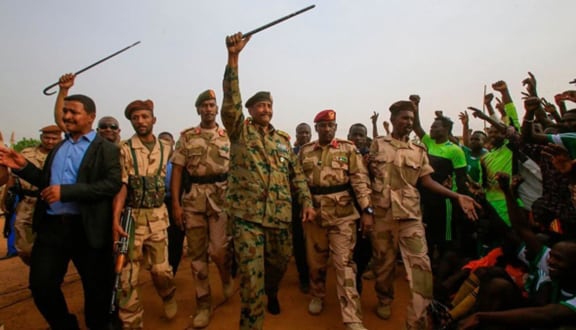
The third emerging trend (it goes back to at least 2021) is the demonization of civil, non-military and non-partisan actors. What was once one of Sudan's real strengths, its civil society, is under tremendous pressure to conform or be destroyed. The damage has been political, economic, and physical. Both armed sides manipulate and seek to use civilians for their benefit (some civilians want to ride a relationship with either SAF or RSF as a means to power). RSF, as usual, is confused and chaotic when it comes to such matters, aside from the usual photo op. SAF on the other hand, has, without yet winning the war, made it clear how it intends to govern, by controlling the media and repressing civilians documenting human rights abuses or calling for an end to the war.[11]
SAF has a particular hatred for young activists who opposed the previous regime and then the army after 2019, and after the 2021 coup.[12] Sudan's civilian Islamists are, for now, exempt from SAF repression, as they are valuable allies.[13] One of the fruits of the latest SAF offensive in Khartoum was the liberation of the old NCP leadership, including former President Al-Bashir, who had been besieged in an army base by the RSF for most of the past year. The ultimate reckoning between the Islamists and the army will come once victory is secured.
There is increasing American diplomatic activity on Sudan but without much real hopes of any tangible results on the ground in the short-run. Real solutions seem to involve still more killing. Whoever does win in the end – SAF, Islamists, RSF – none of them, all of them, Sudan seems much closer to greater tyranny or anarchy than to peace as the war enters its second year.
*Alberto M. Fernandez is Vice President of MEMRI.
[1] Press.un.org/en/2024/sc15634.doc.htm, March 20, 2024.
[2] Sudanwarmonitor.com/p/16a, April 6, 2024.
[3] See MEMRI Daily Brief No. 522, The Beginning Of The Endgame In Sudan?, September 14, 2023.
[4] Youtube.com/watch?v=9pLGl7E9gRU, March 28, 2024.
[5] 3ayin.com/militias, April 9, 2024.
[6] Youtube.com/watch?v=7o_HzlsZui4, March 31, 2024.
[7] Twitter.com/MalikAgarEyre/status/1777779887526338926, April 9, 2024.
[8] See MEMRI Daily Brief No. 487, In Sudan, A Bandit Army Faces Kleptocracy, Inc., May 30, 2023.
[9] Sites.tufts.edu/reinventingpeace/2023/06/07/sudans-timur-reflections-on-hemedti-and-the-republic-of-kadamol, June 7, 2023.
[10] Aljazeera.net/politics/2024/2/3/%D8%AA%D8%B4%D9%83%D9%8A%D9%84%D8%A7%D8%AA-%D8%B9%D8%B3%D9
%83%D8%B1%D9%8A%D8%A9-%D9%88%D8%B4%D8%B9%D8%A8%D9%8A%D8%A9-%D8%AA%D9%82%D8%A7%D
8%AA%D9%84-%D9%85%D8%B9-%D8%A7%D9%84%D8%AC%D9%8A%D8%B4, March 2, 2024,
[11] Sudantribune.com/article284214, April 7, 2024.
[12] Twitter.com/DailySudanPost/status/1777300611819843992, April 8, 2024.
[13] See MEMRI TV Clip No. 10261, Sudanese Islamic Scholar Dr. AbdulHay Yousif: Fighting The RSF Militia Is Considered Jihad; RSF Leader Hemeti, Politicians Who 'Fan The Flames Of War' Should Be Killed, April 26, 2023.


